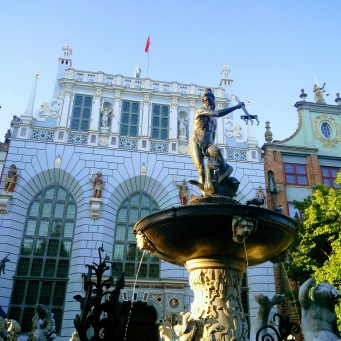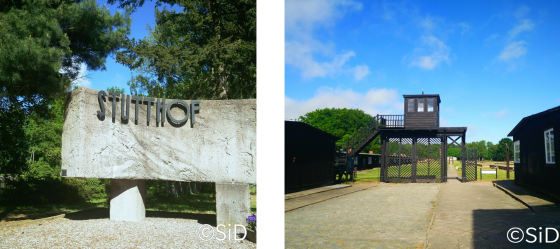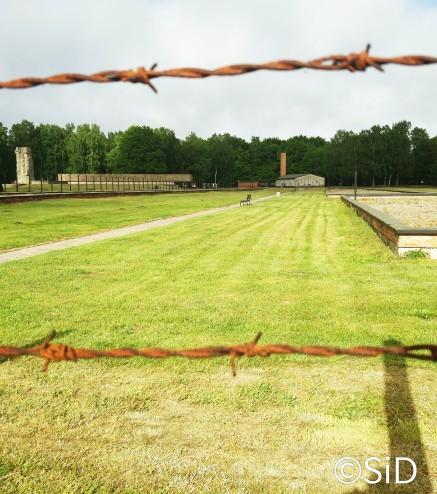Poland
January 28, 2018 Leave a comment



Going around trying to connect the dots….
January 28, 2018 Leave a comment



January 26, 2018 Leave a comment
December 20, 2013 Leave a comment
The first thing that hits you on visiting Hong Kong are the tall buildings. The densely populated region, which is one of the top financial hubs of the world, has no other option but to go vertical. Though the population density of Hong Kong (6516 people per sq. km) is way less than Delhi (11,289 people per sq. km) but like Delhi, it does not have the large number of slums which increase the required space for houses.
The vision to go vertical was taken in 1950’s when the burgeoning population was leading to decay in living standards. Today, according to Wikipedia, there are nearly 7900 high rise buildings (>115 feet or > 12 floors) in Hong Kong. (Mumbai has 2300).
Hong Kong, which comprises 2 islands (Lantau and Hong Kong) and a peninsula (Kowloon) was on “lease” to British till as recently as 1997 when it came back under Chinese. A special administered region of China, Hong Kong has a separate currency, visa law, clearly defined borders, independent governance, and different language. It is a unique case where it has characteristics of a city and behaves like a country.
February 5, 2013 Leave a comment
Portuguese generally don’t get as much attention as the British when we talk about India’s history. Perhaps that is because of the expanse of their rule.
But Portuguese were one of the earliest Europeans to come and among the last to leave. Vasco da Gama, the first and the most famous of them, landed in India in 1498 at Calicut, more than 25 years before Babur arrived in the North to establish the Mughal empire. The Portuguese continued to occupy parts of India including Goa till as late as 1961 (more than 100 years after Mughals ended their reign).
Inside the Church
November 18, 2012 3 Comments
Golden temple is perhaps the most important destination in Sikhism. It has actually become a symbol of the religion with its shining gold an attractive sight in the simmering in a bright sunlight as well under artificial lights at night.
Mughal emperor Akbar, impressed with the ideology and thoughts of Guru Nanak and Guru Angad, granted some land to Guru Angad’s daughter on her marriage. His son-in-law after some years built a water tank on one of these lands. Later a temple – the Golden temple and then a city – Amritsar was built around that water tank.
Though the temple was brought into the present shape after many years by Maharaja Ranjit Singh (the temple was destroyed multiple times by the invading Afghans), but the ideology for it to be a symbol of a new faith is sown in the building plan.
Sikhism was born out of a combination of Hindu and Muslim religions. But Guru Arjun gave it a distinct identity and Golden temple is an example of that.
In a Hindu temple, a person has to climb stairs to reach the prayer hall. The golden temple was specifically designed such that people have to climb down the stairs from the road level. Also, generally Hindu temples have one entrance whereas the Harimandir as it is also called has 4 entrances.
Interestingly, the four doors symbolize the four castes of Hindus – Kshatriya, Brahmin, Shudra and Vaishya. It symbolized that the doors were open to all who wished to enter.
The philosophy still stands today and the temple is visited by people from multiple religions, castes and nations. It obviously is one of the most important pilgrimage destination for the Sikhs.
The experience of visiting the temple, though was not so great the last time around : https://sidharthbedi.com/2007/06/03/strengthened-beliefs-err-non-beliefs/
September 6, 2012 1 Comment
The trip to Jim Corbett had been planned for quite some time but the decision was taken just 8 hours before the actual trip. We left at 5.30 in the morning to explore a part of India entirely new to us.
The drive from Delhi to Moradabad on NH-24 is a cream but it turns bumpy as soon as you get off the Moradabad bypass on to the state road. The eyes have to be fixed down on the road rather than on front on this stretch till Kashipur. The situation improves drastically after Kashipur and the one from Rammagar towards Jim Corbett is a joy ride. Greenery all around with the road piercing the forest with delicate turns. The rains made the setting much more green and serene.
Though it is said that monsoon time is not the best time to visit corbett (the national forest gates are closed for visitors). But the rains add to the beauty of the place. It also makes the stay cheaper. We also enjoyed some adventure sports – in the rain on the river Kosi at unexpectedly low cost.
Overall a quiet and refreshing experience – good to be away from the maddening Delhi and worthy to be visited again – perhaps to see a tiger (if is allowed!)
August 15, 2012 1 Comment
The two tombs within the Qutub complex are a picture in contrast. In a corner lies Alauddin Khilji in a simple brick structure. Even though Iltumish lived and died before Khilji, he commands a more central place and a more beautiful resting place for himself. It may be one of the first tomb in India which uses marble – some 400 years before the marvel in marble, the Taj Mahal.
Iltumish was one of the first Islamic rulers of India and is many times credited with founding of Delhi Sultanate in India as he shifted his capital to Delhi. He followed Qutb-ud-din Aibak and was the one to complete the Qutub Minar started by his predecessor. He was the one to build the first Islamic tomb of India – of his son at Sultan Garhi. Due to the death of his son, Iltumish also took a rare decision of nominating his daughter Razia Sultan as his heir. Though not very successful (male ego of her subjects to be blamed!!), she was one of the exceptions as far as the gender of the rulers of India are concerned.
June 20, 2012 2 Comments
Alauddin Khilji was the second of the khilji dynasty emperors. Ambitious and aggressive, he was the first islamic ruler to venture south and gain major parts.
Alauddin Khilji is often associated with a popular folklore. According to the story, he, saw after hearing/seeing about the beauty of rani Padma attacked Chittor. The impressive fort of the kingdom provided a good defence. Allaudin lay siege and after a long wait, the women of the kingdom, led by Padmini performed ‘jauhar’ by self immolation on a pyre. The men with no family left behind left the defences of the fort and gave everything they had in a vicious battle. Khilji ultimately prevailed and occupied Chittorgarh.
The year was 1303. 13 years later Allaudin Khilji died and was buried at what is today called Qutub complex. The tomb is a simple brick on structure with no decorative marble or intricate carvings as in the tomb of Iltumish or the towering Qutub Minar nearby. It lies on a small hill on one corner of the Qutub complex and from my experience of around 5 visit to the place, it is not the most popular spot as far as the visitors choice is concerned. Perhaps the tomb, like the man craves for some beauty.
May 13, 2012 2 Comments
It is the first Islamic tomb of India. But green manicured gardens don’t surround it, there are no history boards displaying information about it at front of the gate and there is no army of people with cameras clicking here. It is hidden away in the jungles of Vasant Kunj area and I had to make 3 rounds to find the turn from the main road which took me – on a kucha road – to this non-descript location.
A person sitting at the entrance of the tomb turned me away when I told him that I intended to take photographs inside. But as I was taking some photos from outside, he called me back and asked if I worked for any newspaper. On confirming that I did not, the permission was granted to go inside.
It is a place of worship and one has to remove his/her shoes before entering the compound where a not-so-famous prince of the Slave dynasty rests. He is Nasir-ud-Din-Mahmud – brother of the famous Razia Sultan. Had he not died an untimely death, Razia Sultan would have never got a chance to sit on the throne. Nasir-ud-din was was the eldest son of Iltumish. He was all set to occupy the thrown, having proved himself by occupying large parts of eastern India. But it was not to be and he died in 1228. His father built him a lavish tomb – the first one in India. It is a unique tomb and from outside looks more like a fort. On the inside it has an octagonal structure representing the buried prince.
The lavishness is all long gone and in any case it does not compare with the mausoleums built later (Taj Mahal!!!). But it is unique being the first one. Just hope it gets a little more attention.
April 28, 2012 Leave a comment
Marking the Chilika Lake on the map used to be a popular question in the geography class. It was time to see the lake in real – though the view was from a distance.
But the view was beautiful. The national highway 5,which runs parallel to the east coast of India perhaps gets its best view here when it slowly rises along the lush green small hills overlooking the lake.
A smaller road branches out of NH5 to take you to Brahmpur – a typical small town which maintains its old charm with narrow lanes and wells in some backyards. The modernity seems to be catching up albeit gradually.
An interesting sight was the pandals being put up on street corners with multiple pandals next to each other, competing for the highest volume. Through the night these pandals showcase story telling in traditional dance and art form. Sadly, by the time the festivities started around midnight, we, tired by the long day and journey, were asleep – unperturbed by the loud volumes immediately outiside.